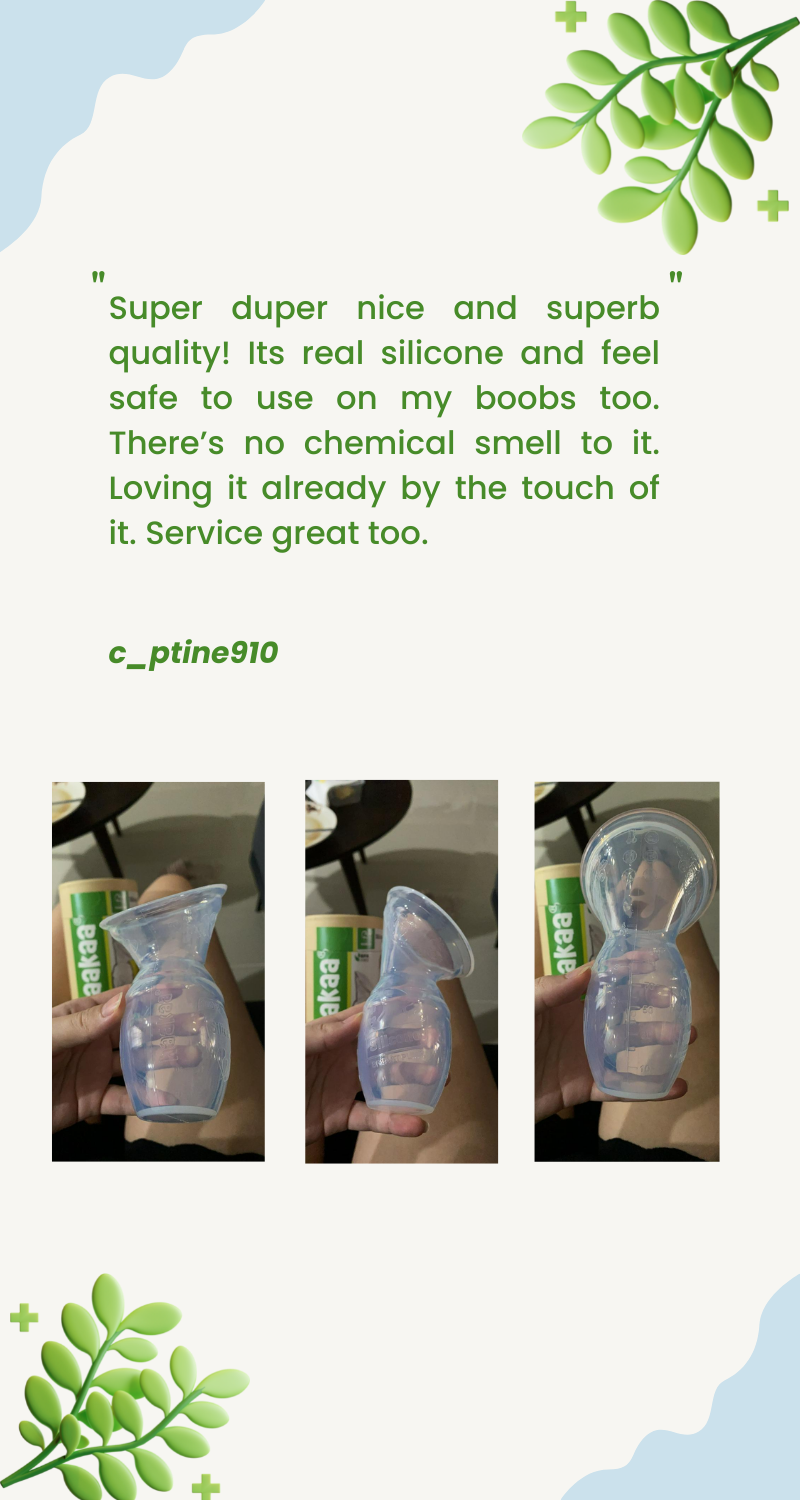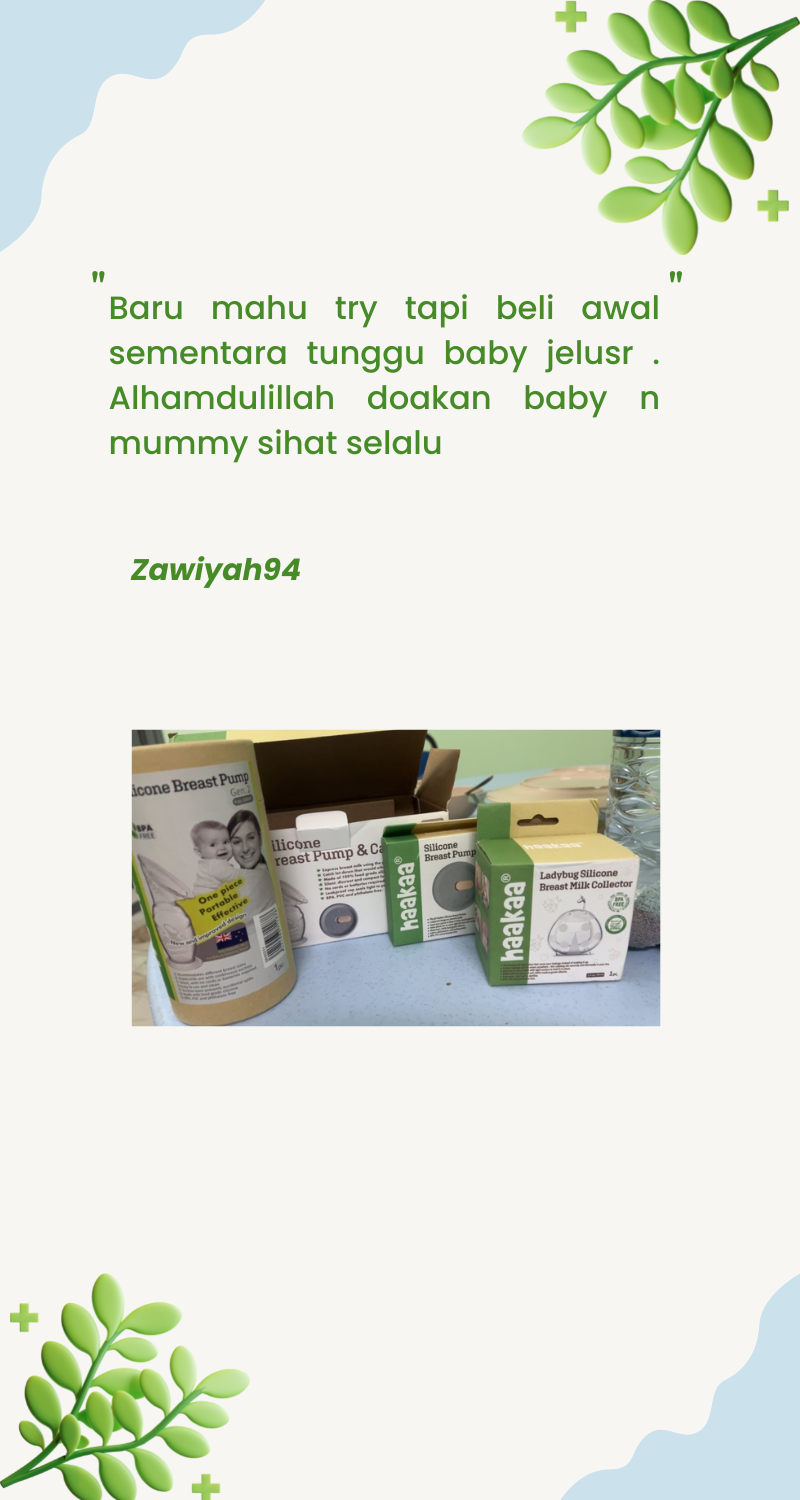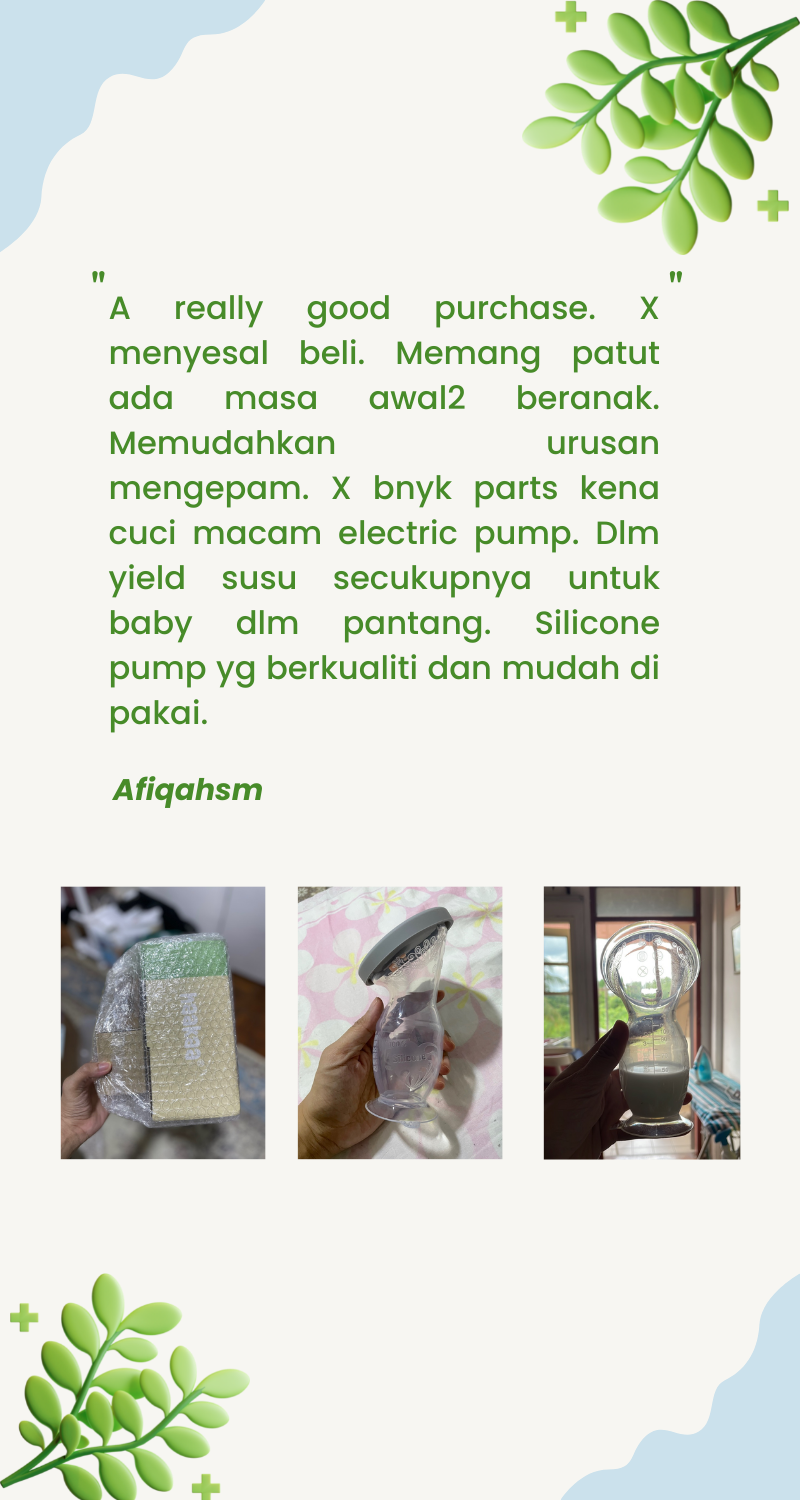8 Natural Pain Relief Methods During Labour

*This article is written by midwife & perinatal mental health specialist Aliza Carr from Bumpnbub. However, please note this is general advice only and does not replace advice from your health professional. Seek personal and professional help for your pregnancy, labour and birth journey.*

Congratulations, mama! For 40 odd weeks, your beautiful body has nurtured and protected a tiny growing human being. You’ve survived crazy cravings, discomfort, lack of sleep, waves of sickness, visited the bathroom ten too many times, and now it is time to welcome the new little love of your life.
And while I don't like to focus on pain in labour, especially for women early in their pregnancies, I do feel it's something important to talk about so you can be informed of your options. Just remember that even the best ‘plans’ may not go according to plan. Every woman should be entitled to whatever she needs or wants during her labour and birth. Sometimes this includes pharmaceutical pain relief from the get-go, and other times it includes an entirely drug-free and natural birth! There are so many pain relief options for mamas, so let’s discuss a few non-pharmaceutical options I love to work with, with my own patients.

1. Shower or bath
Many women find being in warm water during labour very soothing and a great way to manage contractions. The warmth of the water helps relax muscles, as well as allowing a woman to be more buoyant - taking some pressure off her body and pelvis.
2. Heat pack
A hot water bottle placed on your back, stomach or groin is a helpful source of pain relief for many women throughout labour.
3. TENS machine
>A TENS (Transcutaneous Electrical Nerve Stimulation) machine is a small electrical device that reduces pain signals sent to the brain. You attach the pads to various spots on your lower back, and can increase the strength of the electrical impulse with a small handheld device as your contractions get stronger. TENS is most effective in early labour, particularly for lower back pain - so keep that little machine close to you, mama.
4. Counter pressure/acupressure/massage
You don’t need to be a professional masseuse to provide massage in labour – a loving, nurturing massage on a woman’s body in labour is sometimes all a mama may need. Studies show that massage can actually help lower anxiety, lessen pain during childbirth and shorten labour time. Ask your midwife to show your birthing partner some great points for counter pressure on your lower back and hips - this can be a lifesaver as contractions increase in strength.
5. Nitrous oxide gas
Nitrous oxide inhaled through a handheld tube provides short-term pain relief for labouring women. The feeling that a lot of women describe it as is like being on laughing gas which causes an inability to concentrate on the pain.
Nitrous oxide poses no risks to the health of the baby but can cause nausea or dizziness for some labouring mums. Mamas can start breathing on the gas as soon as they feel a contraction starting and keep inhaling until the contraction ends. In between contractions, mamas will breathe normal air. It wears off within a few seconds after a mama stops inhaling the gas. Many mamas find the gas a great option as well, for biting down on the tubing while inhaling. Many women say this helps them through the height of a contraction.
6. Regulate your breathing
When you’re experiencing the tightening up of a contraction, you naturally may want to hold your breath while waiting for the pain to subside. It’s important however, to breathe in a way that relieves the tension without slowing down labour. If regulated breathing isn’t working, take in deep breaths and let it all out! Feel free to be as loud as you need, mama! You’re about to give birth to a small human after all.
7. Moving around/changing positions
One of the most widely advised pain relief techniques during labour is simply to stay active. Lying flat on your back in bed is often the worst position for pain during labour but if that’s where you are situated, try to move around where you can.
Try standing, using gravity to your advantage. Lean on the back of a chair or, wrap your arms around your partner’s neck for more support. If you’re tired of standing, try straddling a chair, or resting on all fours with your knees hip-width apart (keeping your pelvis open for baby). Rocking back and forth can also help the baby move further down the birth canal. I have included an image below of many other great positions for labour.

8. Sterile water injections
Intradermal injections of sterile water provide a non-pharmacological pain relief option.
A small amount of sterile water is injected in four places just under the skin that covers the sacrum, the lower part of the back. It’s been shown that the sterile water injections stimulate the nerves, which quickly send messages to the brain and interrupt the slower messages from inside the body – this has been called the ‘gate control’ theory of pain management. This is highly effective for women who have a posterior baby (baby’s back is against mum’s back) which can cause immense back pain through contractions.
For those women it works for, the relief has been immediate. The catch is that it does sting - it has a sharp, wasp-like sting, which lasts about 20 seconds. However, the vast majority of women who experienced severe back pain reported that it’s worth the sting and likely prevented them from opting for an epidural.







